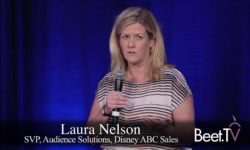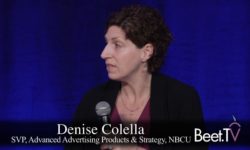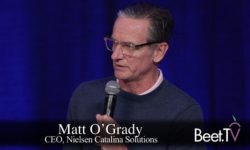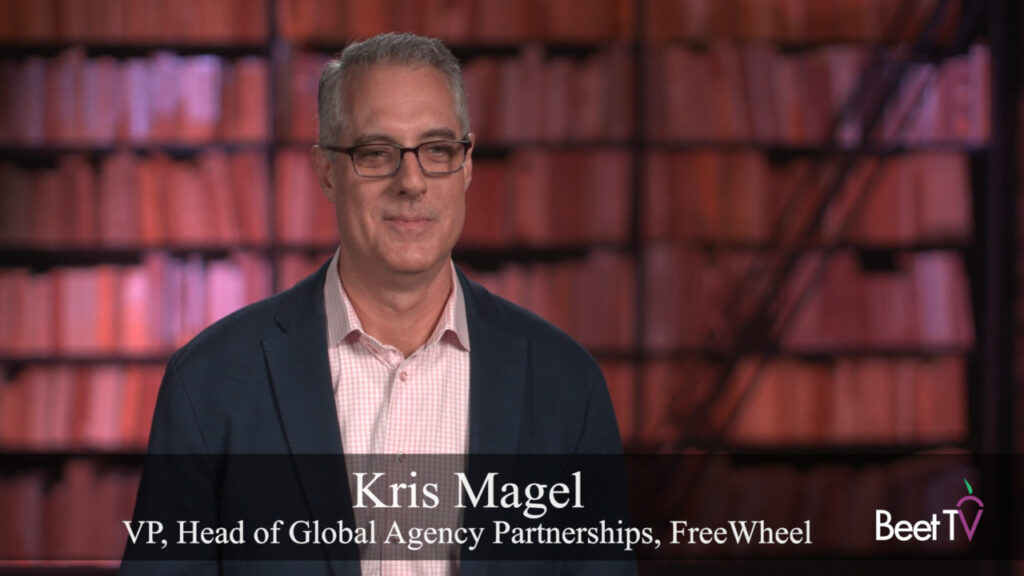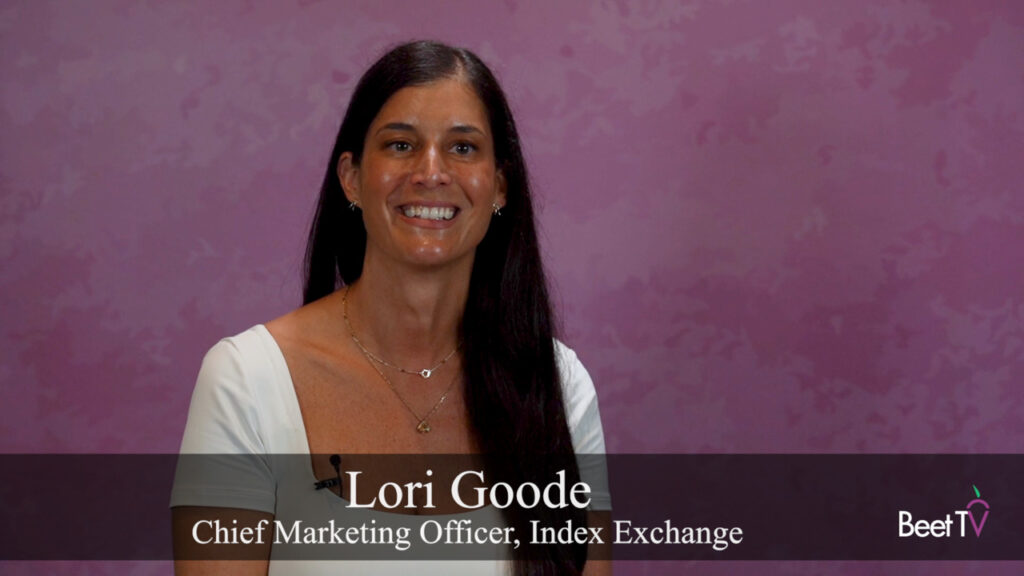SAN JUAN, Puerto Rico — When people think about “brand safety”, the extent to which it is possible to assess ad inventory for alignment with an ad buyer, they often tend to put the onus on the buyer itself.
But don’t publishers also have a duty to better indicate the kinds of ad spots advertisers can buy?
Joanna Foyle thinks so. And, from her vantage point as COO of OpenSlate, a company whose technology produces safety data on ad-supported YouTube videos, more publishers are beginning to agree.
“We’re actually starting to get pulled in a publisher direction,” Foyle says in this video interview with Beet.TV.
“We’re talking to some of the larger publishers who are aggregating content, not just in their owned-and-operated properties, but from other publishers. (That is) hundreds of publishers in some cases, and they don’t necessarily always have visibility into the nature or the quality of that content.”
Foyle says publishers are stepping up because agencies and advertisers are asking them to get some kind of independent third-party mark for the suitability of their content, or because they just want to better understand it, so that they can better package it themselves.
OpenSlate last year was taken on by media investment agency GroupM to ascertain the safety of its YouTube media buys, then extended the partnership this year to include brand “suitability“.
Foyle says OpenSlate is “pushing” publishers to understand brand safety issues a lot better.
“Some of those suitability challenges across content, like gaming and news, can be better understood and more transparent for the brands and advertisers to make transacting more fluid,” she adds.
This video was produced in San Juan, Puerto Rico at the Beet.TV executive retreat. Please find more videos from the series on this page.
The Beet Retreat was presented by NCC along with Amobee, Dish Media, Oath and Google.










